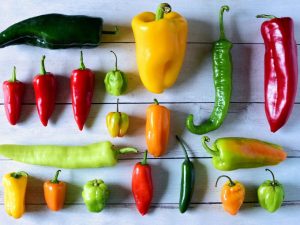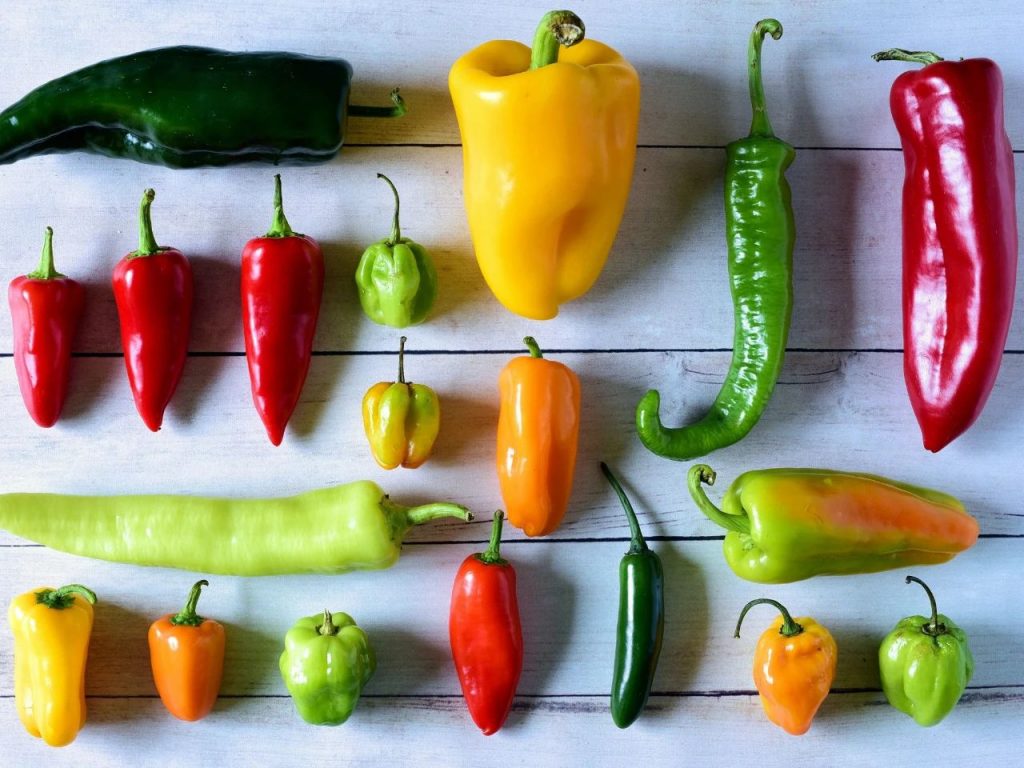
Are you uncomfortable without pepper? Do you drool when you see Mala Tang, La Tiao, and Mala Hot Pot? How much do you know about the pepper that makes people love or hate? Let’s take a look at the little-known interesting facts about peppers.
The ancestors of peppers are not spicy
Chili peppers are native to Central and South America. Most of them are relatively short-grown plants. Their bright fruits lure mammals or birds to “work” for them. Their idea is the same as that of other plants, attracting animals to eat the fruit, and the seeds will spread to farther places along with the migration of the animals.

But the problem soon appeared. Their seeds were not protected by a hard shell, and they were small and flat. They were easily crushed by mammalian teeth and lost their vitality. Therefore, peppers have evolved the ability to synthesize capsaicin through long-term natural selection, which allows mammals to feel spicy and do not eat, while birds are very slow to spicy, eat and do not chew, and can eat smoothly without destroying it. Seeds of pepper. In this way, peppers succeeded in expanding their territory by relying on capsaicin and birds.
The ancestors of chocolate are spicy
The remains of wild peppers discovered by bioarchaeologists in the caves of the Tehuacan Canyon in Mexico show that the earliest humans picked peppers about 8,000 years ago, and the cultivation of peppers began 6,000 years ago. The Mayans living in Mexico first discovered the edible value of peppers. They ground the seeds of cocoa beans into a paste, and added hot water and various spices to the paste, including peppers, vanilla, cinnamon, pepper, honey and flowers. Wait, the original chocolate was made, and the Maya called it the “gourmet of the gods”.
Chinese pepper comes from South America
For a long time, peppers only existed in the American continent. It wasn’t until the explorer Columbus landed on the American continent in 1492 that peppers began to spread all over the world.
Today, the number of people eating spicy peppers in China ranks first in the world, but in fact, China has only a few hundred years of history of cultivating peppers.

Flower of pepper
In the middle and late Ming Dynasty, the pepper came to China all the way, but it was not used as a kind of food. It was grown as an ornamental plant because of its beautiful flowers. It was not until the Qing Dynasty that peppers first appeared on the tables of Guizhou people. At that time, Guizhou was short of salt, and the stimulation of chili made the food that lacked salt and had a strong flavor. The custom of eating spicy food has gradually spread in southwest China.
How hot can you bear
There is a general standard for the spiciness of chili, the unit is SHU, and it is divided into 10 levels.

The least spicy pepper in the world is the purple beauty bell pepper with a spiciness of 0SHU; the common colorful sweet peppers in life generally have a spiciness of 0~1200SHU, which belongs to 1~2; it is known as the “soul of Sichuan cuisine”. Chaotian pepper is an essential condiment in Sichuan, Hunan, Guizhou and other provinces. Its spiciness is 50,000 to 100,000 SHU, which belongs to the 9th grade; the dragon’s breath pepper, which is known as the world’s most spicy pepper, has a spiciness of 2.48 million SHU, properly level 10.
Can eat, use energy to fight, and also help generate electricity
Today, in addition to the edible value of pepper, there are unexpected applications in other fields.

Perovskite solar cells treated with capsaicin.
Capsaicin and capsaicin extracted from chili are used in medicine or cosmetics; adding chili to pig feed can improve the immunity and meat growth of pigs; adding into chicken feed can reduce chicken cholesterol; produced in India One of the devil peppers has a spiciness of up to 1 million SHU, and its capsaicin concentrate is made into a weapon tear gas; research has also found that adding capsaicin to perovskite solar cells can improve the power generation efficiency of solar cells.
Drinking water can’t solve the spicy

People often use water to relieve hotness, but capsaicin is insoluble in water but soluble in oil, so drinking water does not relieve hotness, and fatty foods like milk can relieve hotness. The casein in milk can also help dissolve capsaicin.
Comments